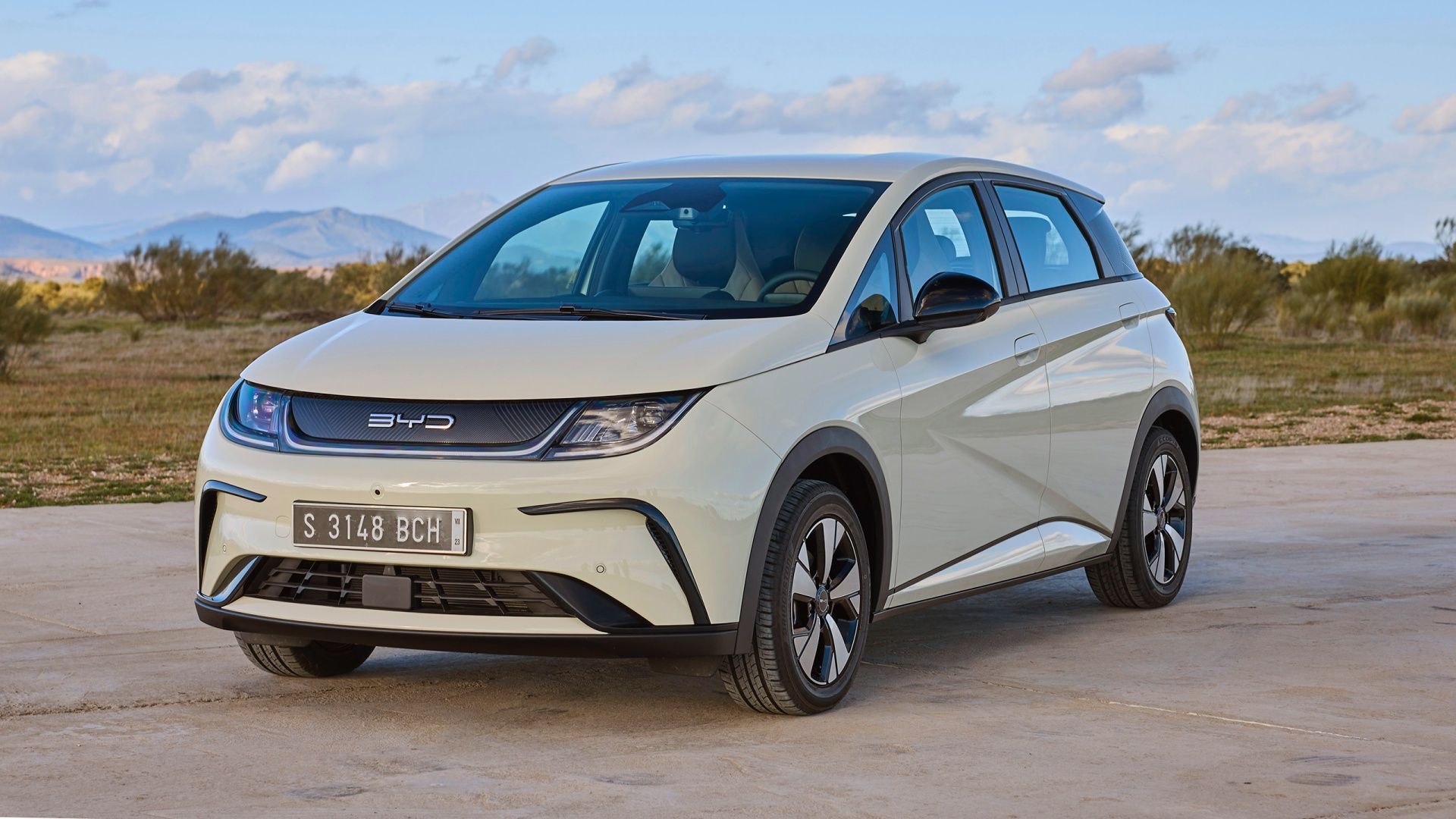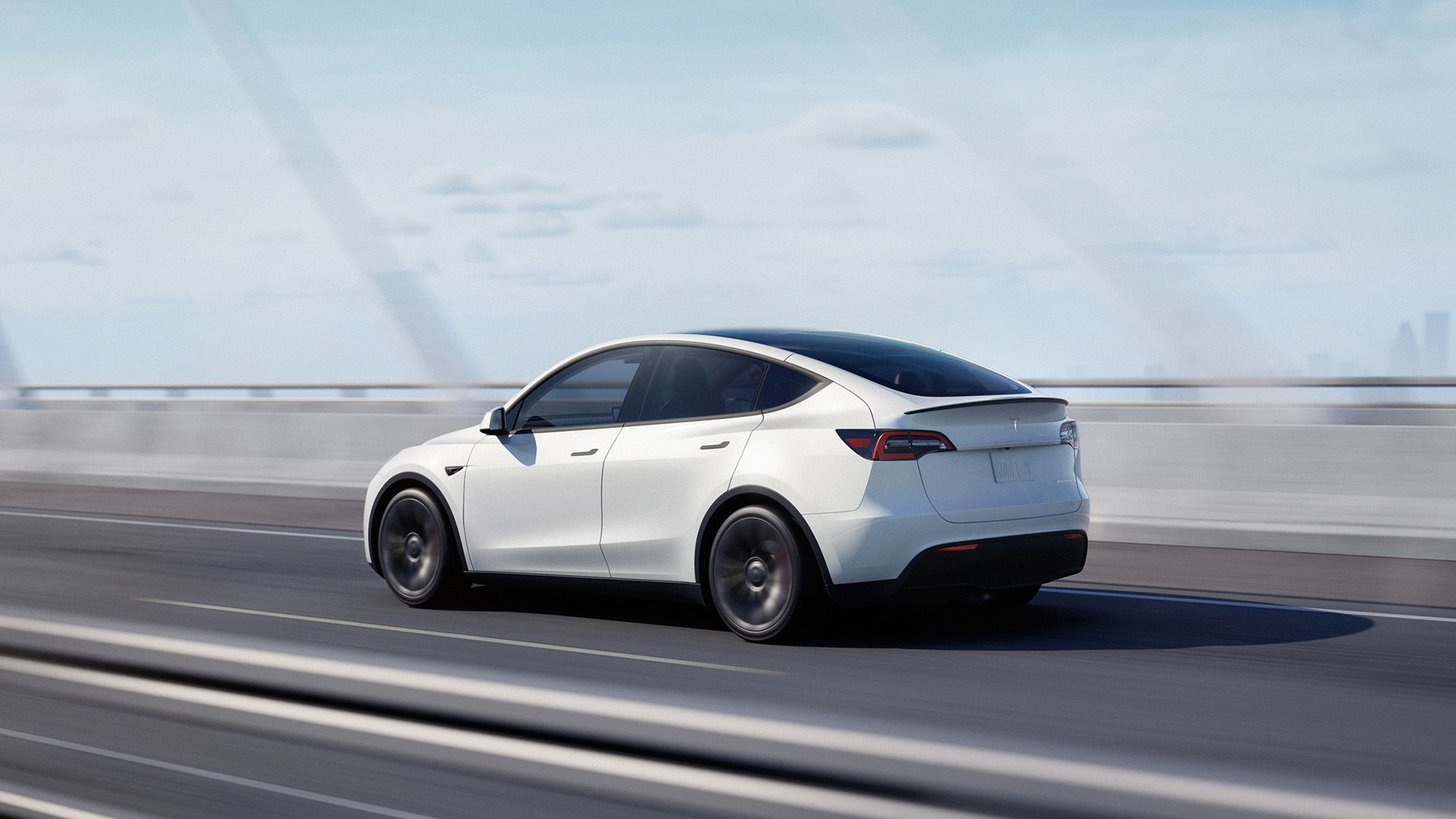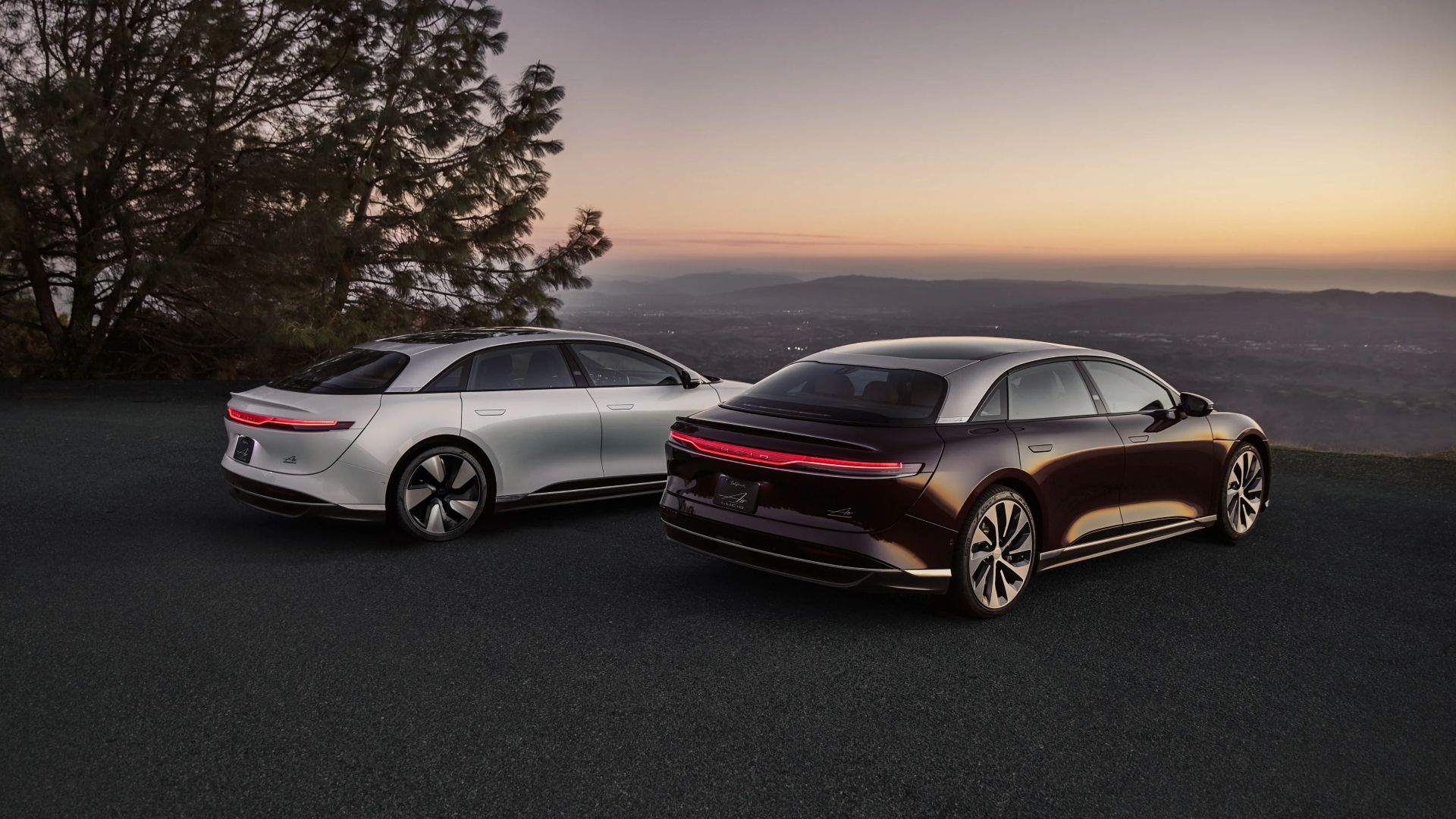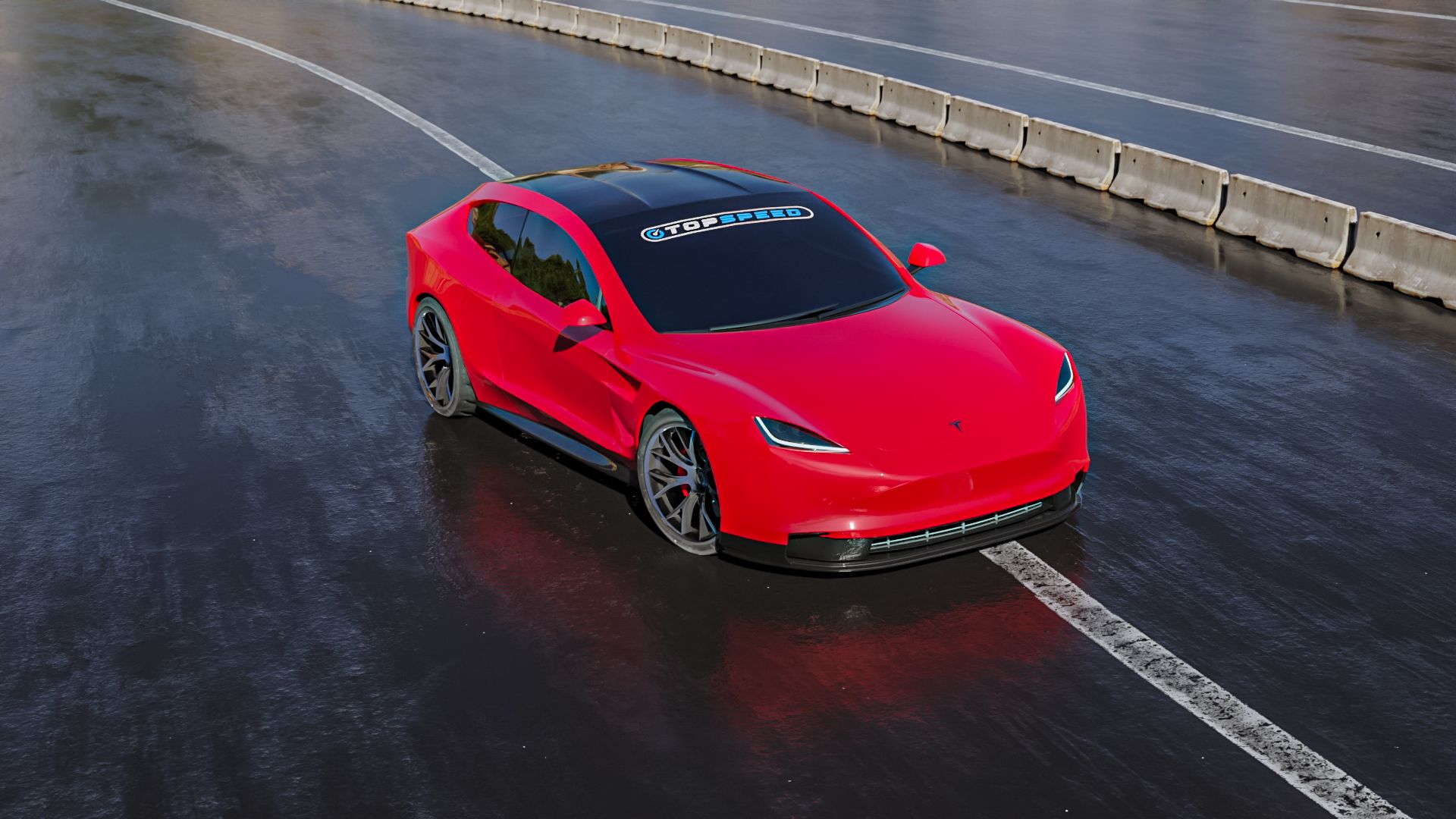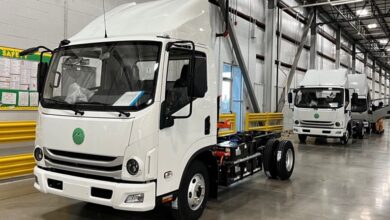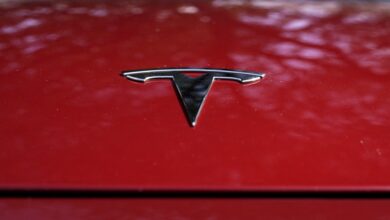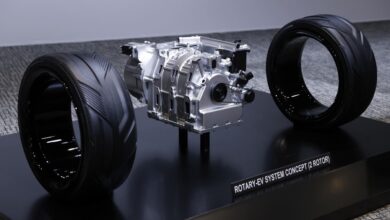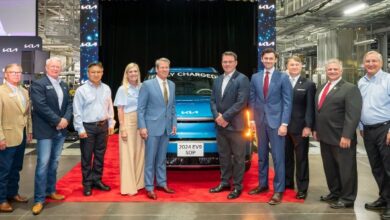The Real Reason Why America Can’t Build Affordable Electric Cars Like China Can
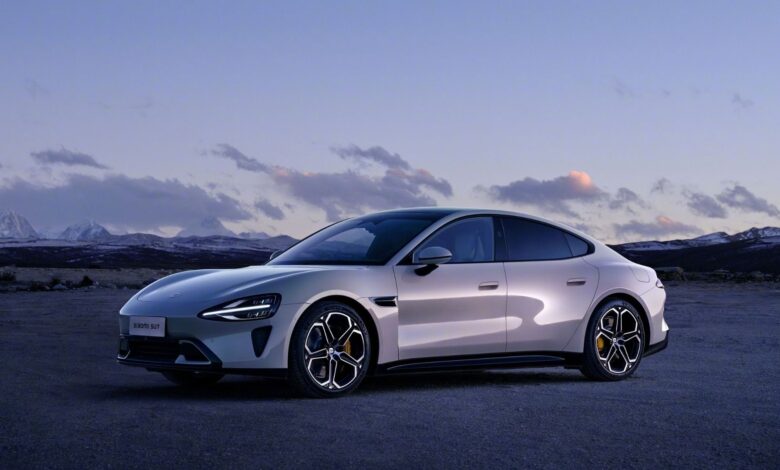
The U.S. new car market is currently struggling with affordable electric cars. Despite strong backing from manufacturers and comprehensive government incentives, these eco-friendly all-electric options are struggling to find their footing because of how much more expensive they are compared to efficient ICE options. We can also argue that a lack of electric car familiarity among consumers is an issue, but when looking at their substantial MSRPs, it’s hard to deny that affordability is the primary issue.
This is a complete contrast to China’s electric car market, where some EVs sell for less than America’s cheapest new ICE models. Many ask why China is able to execute this pricing strategy so much better than the U.S., but there are a lot of factors you need to consider that explain why EVs there are so much cheaper.
In order to give you the most up-to-date and accurate information possible, the data used to compile this article was sourced from various manufacturer websites and other authoritative sources, including Forbes, MotorTrend, and Bloomberg.
Related
Here’s Why Electric Cars Have Been Generally Unreliable So Far
While originally thought to be an alternative to combustion-related reliability problems, EVs still need some time to hone in on their longevity.
Why Electric Cars Are So Expensive In The U.S.
Electric battery production and development remain a primary reason as to why EVs are still so expensive in America. Lithium-ion packs are much more reliable and efficient compared to conventional Nickel packs, but their materials and production are much more demanding. This is exactly why so many manufacturers are deeply invested in solid-state battery production, which we may only see by the end of the decade. When this technology arrives, it will be applied to some of the more expensive EVs until it filters down into more affordable products half a decade later.
Beyond this, manufacturers also have to develop other EV components, such as electric drive units, regenerative braking systems, and other less prominent electrical components. Brands spend billions of dollars on research and development annually, and with electric technology still being a new field for many companies, the upfront costs are considerably steep. We can expect these to level out in years to come. There’s also the issue of public charging infrastructure, the costs of which filter down to the end-user in some way through the car’s initial purchase price. Admittedly, local governments are backing and supporting these facilities with investments. We also have to note that taxes on products are a bit higher in the U.S., compared to what Chinese nationals pay in their local market.
How Much EVs Sell For In China
In China, you can buy a brand-new EV that somewhat comfortably seats four people for as little as $5,000. The Wuling Hongguang Mini EV isn’t really a suitable passenger car, because its top speed is limited to just 60 MPH, making it a viable option only if you confine yourself to mostly urban environments.
Considering how popular Kei cars like the Subaru Sambar and Suzuki Cappuccino are becoming locally, which boast similar top speeds, we have a feeling that some Americans won’t mind this too much. The flagship trim features a compact 26 kWh battery pack, which gets you about 170 miles of range. Wuling bases this on China’s fuel efficiency standards, which are much more conservative than the EPA’s combined consumption and range testing procedure.
Performance Specifications
|
Wuling Hongguang Mini EV |
BYD Dolphin |
|
|
Motor Layout |
Single Permanent-Magnet Motor |
Single Permanent-Magnet Motor |
|
Transmission |
Single-speed automatic |
Single-speed automatic |
|
Horsepower |
20-40 HP |
94-204 HP |
|
Torque |
63 LB-FT |
133-229 LB-FT |
|
Driveline |
Rear-Wheel Drive |
Front-Wheel Drive |
|
0-60 mph |
N/A |
10.5-7.5 Seconds |
|
Top Speed |
60 MPH |
100 MPH |
If you’re happy to increase your budget to $13,865, you can get yourself access to the BYD Dolphin, which sits in the same segment as the Chevrolet Bolt EV. This reaches a 100 MPH top speed and covers 265 miles in between charges. The result of these pricing strategies means that brands like Wuling and BYD substantially outsell American EV brands in China’s local market.
These companies are also starting to expand into select international regions, which is causing a bit of a stir among global legislators. China has always had the upper hand when it comes to mass production. This is an admirable achievement, but there is an underbelly you need to be aware of before giving an ovation.
The Dark Side Of China’s EV Industry
A big reason for cheap and successful electric cars in China is thanks to its government’s substantial subsidies and incentives to manufacturers and new car buyers. The government’s contribution to both sides of the exchange equates to much lower production costs, which significantly boosts domestic sales. China’s efficient and comprehensive supply chain industry also gives it an advantage over its global rivals across multiple industries, particularly in the technology field, which EVs now fall under.
During the COVID-19 pandemic, the world saw how fundamental the brand is in the automotive manufacturing world for a number of components, the primary one of which is its semiconductors. On average, electric cars feature around 3,000 unique semiconductors, the bulk of which Chinese manufacturers supply.
China also had the foresight to secure numerous lithium and cobalt mining sites across the world, giving it somewhat of a monopoly on the battery industry. It doubles down on lower production costs by offering a much lower minimum wage, which is why a lot of manufacturers have recently opened production facilities in the country.
As you can expect, there is a noteworthy dark side to China’s electric car manufacturing industry. The lower costs and accelerated production cycles have resulted in some quality control and reliability issues, with multiple cases of combusting batteries, detaching panels, software glitches, and more. China’s aggressive mining industry also leaves a harmful mark on the global climate, which works against the ecological goal of electric cars. There have also been numerous reports regarding humanitarian injustices, particularly at some of its cobalt facilities across Africa.
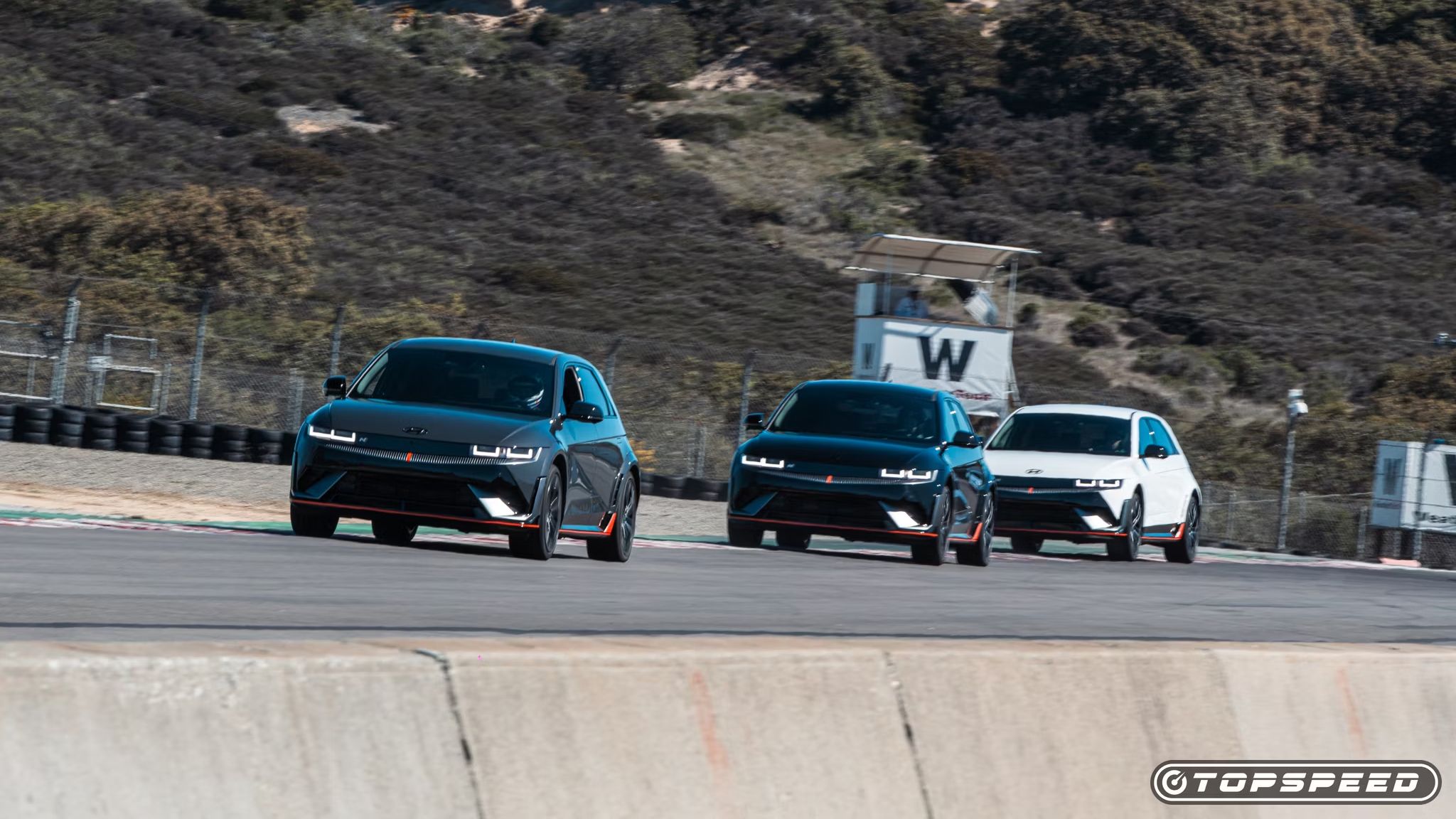
Related
What Do You Think Is The Biggest Reason For Hyundai And Kia’s Success In The Electric Segment?
Kia and Hyundai enjoy an 11.17-percent share in the American EV market as of May 2024, staving off some of the biggest names in the EV industry. Behind only Tesla, what do you think is the biggest reason for the brands’ success?
Biden’s Inflation Reduction Act
Many of you who have investigated electric car ownership in the U.S., would have come across the Inflation Reduction Act. The Biden Administration approved this policy in 2022, with the intention of promoting American-built electric cars through tax rebates and incentives. Manufacturers such as Tesla and Lucid have already been taking advantage of this bill by substantially lowering their MSRPs. Select products become even cheaper if they fall within specific criteria, making electric cars more accessible to the mass consumer market than ever.
The Inflation Reduction Act
- The 2022 Inflation Reduction Act expands tax credits for EV buyers, making them more affordable for a wider range of consumers.
- It allocates substantial funding for developing national EV infrastructure with a focus on public charging stations.
- The IRA offers grants and loans to domestic manufacturers, helping them upgrade factories and increase the production capacity for EVs and their components.
- The IRA aims to reduce U.S. reliance on foreign suppliers, particularly in critical areas like battery manufacturing, by focusing on domestic production.
- The act supports research and development in clean energy technologies, fostering innovation in battery technology, vehicle efficiency, and renewable energy integration.
- The Inflation Reduction Act promotes significant growth in America’s electric car industry while contributing to the reduction of greenhouse gas emissions.
The Inflation Reduction Act also contributes to local electric car infrastructure, the focus of which is charging stations. Range anxiety remains a big reason why so many car owners refuse to make the switch from ICEs. There’s still a long way to go until EVs are more convenient to own, particularly for those who frequent long-distance driving, but this act aims to resolve this over the next few years. Additional benefits include more access to grants and loans for production facilities, improving local supply chains, and ramping up the production of cars and relevant components.

Add TopSpeed to your Google News feed.
EVs Are Getting Cheaper In The U.S.
Thanks to this act, we’ve seen substantial price cuts for a number of American-made electric cars. The most drastic of these comes from Tesla, which has slashed prices by as much as $2,000 across its catalog over the last year. Naturally, this has made some previous reservation holders a bit upset, and slightly offset their car’s depreciation values, but potential new electric car buyers have resultantly increased. We see this trend occurring globally, as the likes of the Tesla Model 3 and Model Y are now starting to outsell dominant ICE models like the Honda Civic and Toyota Corolla.
Cheapest EVs In The U.S.
|
Model |
Price |
|
Hyundai IONIQ 5 SE Standard Range |
$41,800 |
|
Volkswagen ID.4 Standard |
$39,735 |
|
Kia Niro EV Wind |
$39,600 |
|
Tesla Model 3 Rear-Wheel Drive |
$38,990 |
|
Hyundai IONIQ 6 SE Standard Range |
$37,500 |
|
Fiat 500e Inspi(RED) |
$32,500 |
Locally, ICEs remain the most in-demand cars, with trucks leading the charge, but the electric car market’s steady rise through the ranks is not something we should dismiss. Tesla remains a competitive global brand that is steadily increasing its market share, partly thanks to the Inflation Reduction Act.
Lucid is another brand that has enjoyed some price cuts for its Air EV sedan, but because this is a luxury product, it doesn’t benefit from the tax rebate. Some of Rivian’s truck and SUV trims benefit from the tax credit, which has resulted in the brand also increasing its EV market share. Traditional brands like GM and Ford have also been increasing EV sales while cutting prices across their EV catalog.
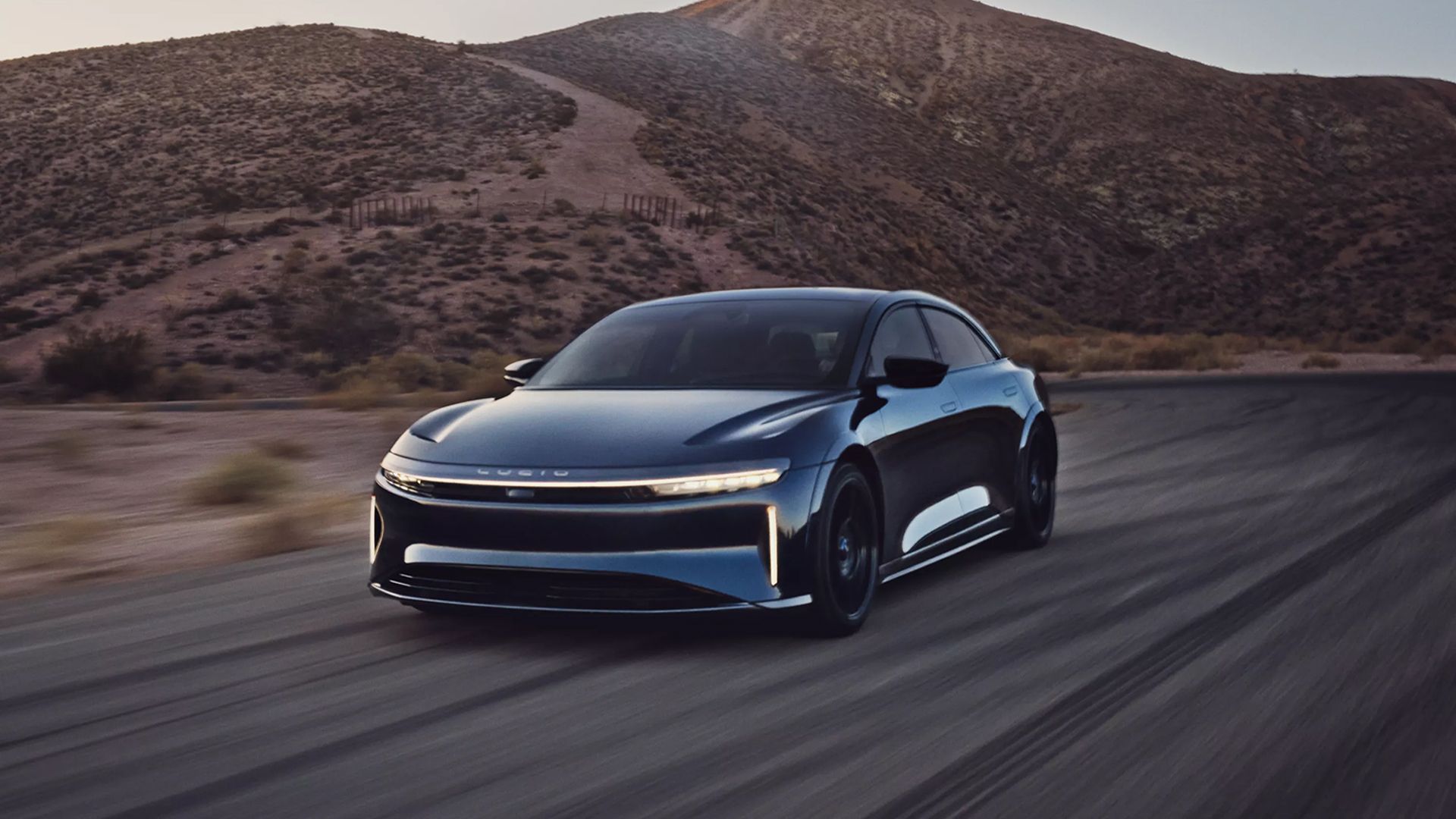
Related
What Do You Think It Will Take For Electric Cars To Truly Take Over The Automotive Market?
After Tesla kickstarted the EV market, and mainstream, legacy automakers started investing in electric cars, it seemed like they would become mainstream. Now, however, it’s 2024 and people seem more interested in hybrids and automakers are changing their ambitious plans to go all-electric sooner rather that later.
America’s Upcoming Affordable EVs
There are two noteworthy affordable and locally produced electric cars that are well on their way to the market, but we may not see them for a couple of years. The most prominent of the two is undoubtedly the Tesla Model 2, which Musk hinted may enter the market at around the $25,000 price mark. This highly anticipated option has suffered from a few delays, and we’re yet to see any form of an official design, so this may be in the books for a distant release. Based on previous leaks and interviews, we understand that this model will compete in the compact segment, which is a market Tesla has been desperately missing.
Chevrolet is also working on a competitively priced EV that is set to replace its now-defunct Bolt EV and EUV lineup. Initially, critics thought the all-new Equinox EV range would replace its place in the catalog, but company CEO Mary Bara confirmed that a successor is on the cards. Unfortunately, we don’t have any other details regarding the successor, but we know it will compete in the same segment and sit on the group’s Ultium platform.
